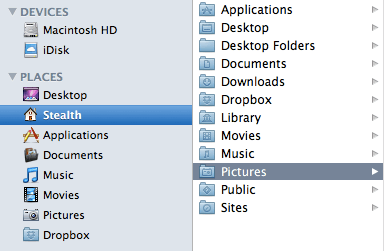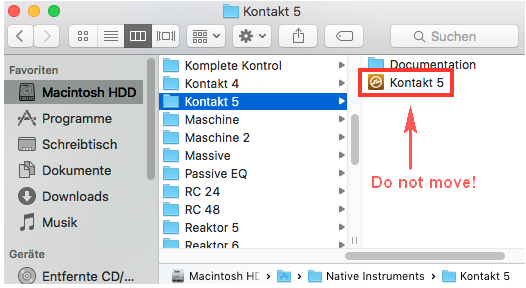Change Photo Library Location On Mac To External Hard Drive
- Change Apple Photos Library Location
- Change Photo Library Location On Mac To External Hard Drive Mac
- Change Mac Photo Library To External Hard Drive
- Location Of Photos On Mac
- To transfer your photos library from an Apple Mac to an external drive, you first need to locate the photos or a folder you wish to move. You can right-click and copy, then paste in the new location. Dragging and dropping will also copy the images or folder.
- Connect your external hard drive. When it displays on Finder, drag the iPhoto Library folder or package to external hard drive. Eject the hard drive from your old Mac and connect it to this new one. Now open iPhoto on the new computer.
Your Photos library holds all your photos, albums, slideshows and print projects. If your library is large, and you want to free up storage space on your Mac, turn on iCloud Library and use Optimise Mac Storage, or move your photo library to an external drive.
Before you start, make sure that you back up your library.
Prepare your drive
If you already move iCloud photo library to Mac or Windows PC, just connect external HDD or USB drive to computer, and transfer iCloud photos to connected drive. If you haven't done that, change default download location to your external hard drive or USB drive, and directly export iCloud photos to external hard drive for backup on the web (via.
Change Apple Photos Library Location
You can store your library on an external storage device, such as a USB or Thunderbolt drive formatted as APFS or Mac OS Extended (Journaled).1 Find out how to check the format of your external storage device.
To prevent data loss, Apple doesn't recommend storing photo libraries on external storage devices like SD cards and USB flash drives, or drives that are shared on a network.
Move your Photos library to an external storage device
- Quit Photos.
- In the Finder, go to the external drive where you want to store your library.
- In another Finder window, find your library. The default location is Users > [username] > Pictures, and it's named Photos Library.
- Drag your library to its new location on the external drive. If you see an error, select your external drive's icon in the Finder, then choose File > Get Info. If the information under Sharing & Permissions isn't visible, click , then make sure that the 'Ignore ownership on this volume' checkbox is selected. If it's not selected, click to unlock it, enter an administrator name and password, then select the checkbox.2
- After the move is finished, double-click Photos Library in its new location to open it.
- If you use iCloud Photo Library, designate this library as the System Photo Library.
Delete original library to save space
After you open your library from its new location and make sure that it works as expected, you can delete the library from its original location.
In a Finder window, go back to your Pictures folder (or whichever folder you copied your library from) and move Photos Library to the trash. Then choose Finder > Empty Trash to delete the library and reclaim disc space.
Open another Photos library
If you have multiple libraries, you can open a different one like this:
- Quit Photos.
- Press and hold the Option key while you open Photos.
- Select the library that you want to open, then click Choose Library.
Photos uses this library until you open a different one.
Learn more
If you have a permissions issue with your library, you might be able to resolve the issue by using the Photos library repair tool.
1. You can't move your library to a disc that's used for Time Machine backups.
2. If the volume isn't formatted APFS or Mac OS Extended (Journaled), or has been used for Time Machine backups but hasn't been deleted, this checkbox will either not be present or won't be selectable after unlocking. Delete and reformat the drive for this option to be available.
A robust and feature filled application, iPhoto is a great way to organize your picture library. iPhoto includes Events, Places and Faces, which can arrange photos by date, geo-location and facial recognition software respectively. You’re also able to create slideshows, photo books and albums.
With today’s HD camcorders and high megapixel cameras, storing all your photos on the computer can take up a large portion of the hard drive. When your iPhoto Library becomes to large to stay on your internal hard drive, it’s time to move it to an external or network drive.
First you must locate the iPhoto Library file, which should be located in your Pictures folder. Open a new Finder window by clicking on its logo in the dock.
Click on the Pictures folder in the left-hand sidebar. If you don’t see the Pictures folder here, you may need to select your Home folder first and then Pictures.

Change Photo Library Location On Mac To External Hard Drive Mac
Inside the Pictures folder, click on the iPhoto folder. Here you will see the iPhoto Library file.
Control + click on the iPhoto folder and select copy iPhoto. If you have chosen where to move the Library folder, connect that external hard drive or other storage peripheral now.
The external or other drive will appear in the Finder window in the left-hand column. Select it and Control + click in the first column of folders. Select Paste “iPhoto” from the contextual menu. This copying process may take a few minutes depending on the size of your iPhoto library. The iPhoto folder will now appear on your external drive.
Close the Finder windows and locate the iPhoto application in your dock or Applications folder. Important: hold down the Option key on the keyboard while clicking on iPhoto to open it.
A pop-up window will appear asking you to Choose Photo Library. Click Choose Library…
Change Mac Photo Library To External Hard Drive
The browser window will appear. Click on the external hard drive in the left-hand column, choose iPhoto and then click on the iPhoto Library file.
Location Of Photos On Mac
iPhoto will now store all of your current pictures on the external hard drive. Any future photos you import or copy into iPhoto will be stored in the new location on the external hard drive.
